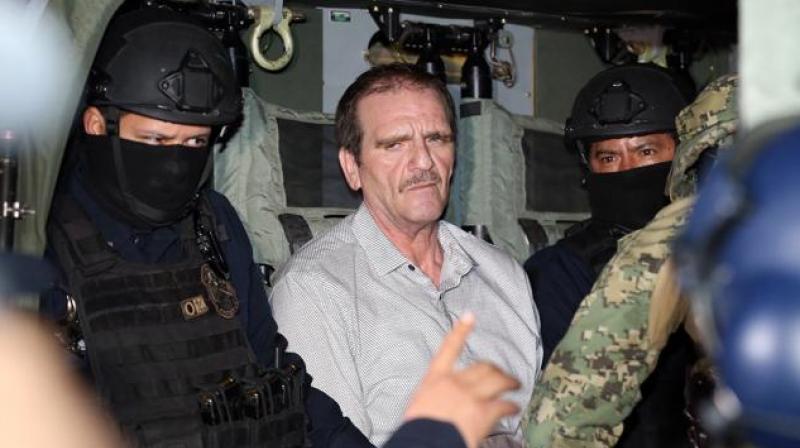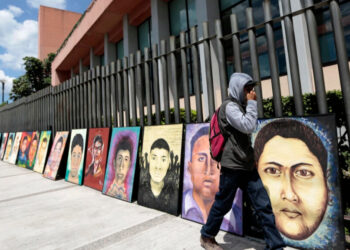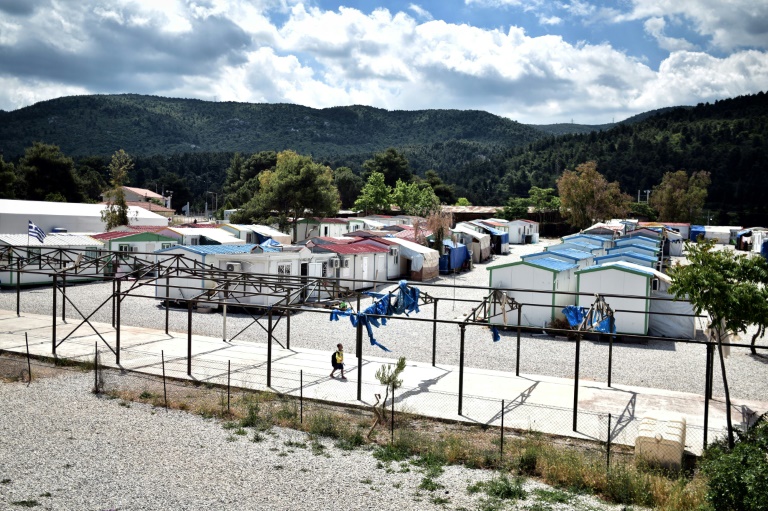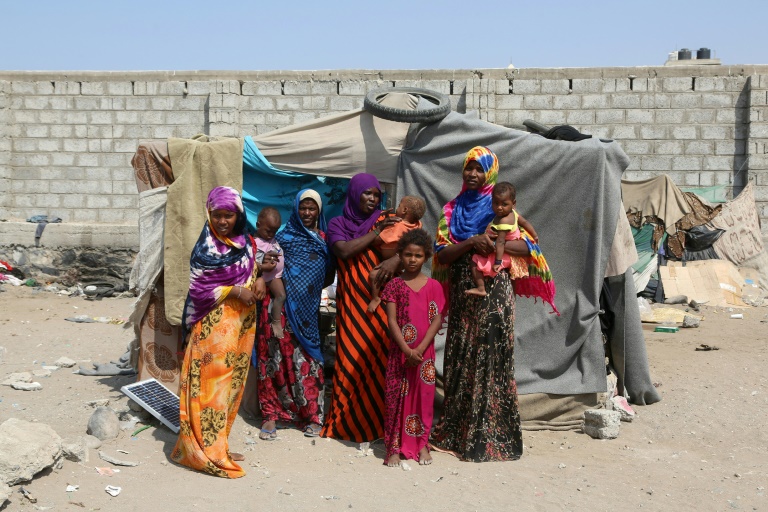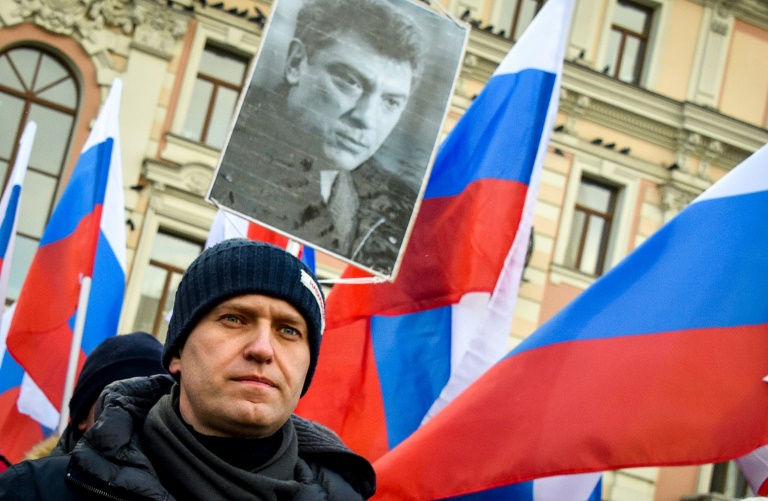Since the 19 century, opium has been linked to a number of wars. The most effective painkiller used during modern conflicts, it is also a highly addictive substance that allows to make profits of exponential dimensions. The culture of opium addiction is therefore both a result and the cause of the war industry. It is an authentic pharmacon as Plato conceived it: a remedy but also a poison.
In fact, such ambiguity has also defined the history of poppy fields in the mountains of Mexico. During the Second World War, the U.S. Army imported Mexican opium for battlefield emergencies. Paradoxically, in the 21 century, the Pentagon – through the Merida Initiative to fight organized crime and violence – supports the Mexican army and police in the war against drug trafficking.
But opium and opioids have been not only a remedy for war injuries or the substance sought to be eradicated through warfare. One of the objectives of the Opium Wars between Great Britain and China in the 19 century was to legalize opium trafficking by the British. Its addictiveness and gradual damage to health made it a tool for extermination: about 90 percent of Chinese youth became addicts, which led to disastrous consequences for the nation’s health, economy and social stability. Addictions are an effective way of weakening people. Therefore, they can be considered a form of genocide.
Heroin, fentanyl (a synthetic version of opium 50 times more potent than morphine), and other opioids are widely deemed the most pernicious substances, as their use has reached the dimension of an epidemic in the United States.
Mexican cartels hold second place among the world’s largest heroin producers after Afghanistan, but they “cook” fentanyl with chemicals improted from China, sometimes through the United States, as the Drug Enforcement Administration discovered in an investigation undertaken in October 2017.
The response to this lethal business has been the war on drugs declared against a non-institutionally or politically defined enemy – groups of criminals with resources to buy impunity and political power on both sides of the border. Such groups are merely the tip of the iceberg of a more complex transnational industry that includes chemical companies, authorities, banks, arms industries, and so on.
It happens, however, that race, nationality, and social class profiling in public statements present Mexicans in general as the culprits of the American addiction crisis. Neither country is willing to end the war. They rather prefer to maintain a state of exception, where the law that protects citizens is suspended to allow the Mexican police and the military to act arbitrarily against the populace.
This is a war where cartels fight for the control of routes and territories, and officials support their activities rather than combat them. In sum, it is a war of simulation, where criminals and official forces alike victimize civil populations, making them scapegoats in order to show they are fulfilling their duty.
This multilateral and extralegal conflict has resulted in almost 200,000 deaths and more than 30,000 disappearances since 2006. Most of the victims were people who had nothing to do with the drug business.
Should this war be fought only in Mexico, where drugs are produced and transported, and not in the U.S., where they are sold and consumed, and where most of the profits are laundered? Should this war take place at all?
Victims of the heroin trade include, for instance, 43 students kidnapped in September 2014 in Iguala, a city in the southwestern Mexican state of Guerrero – the heart of opium production, by the Mexican police and reportedly with the consent of the Army.
As they usually do when they need transportation for political demonstrations, the students forcedly took five buses ignoring the fact that one of them contained a heroin shipment prepared for the delivery to the border city of Reynosa.
The police killed three students and three witnesses, while kidnapping 43 others instead of arresting and taking them to the prosecutor. The Mexican government has distorted and hindered investigations into the incident, and the suspicion that officials were working for the Guerreros Unidos cartel – one of the groups producing and exporting heroin to the U.S. – is widespread.
These are some of the most visible victims of the war on drugs waged by Mexico and the United States not against cartels, but rather against the Mexican society itself. The crisis of disappearances related to the drug war echoes the crisis of opioid overdose in the U.S., which has exacerbated the anti-Mexican sentiment in the public arena.
According to the National Institute on Drug Abuse, 80 percent of heroin users become addicts through the use of legal opiates. This means that prescription drugs, such as painkillers, are among the main causes of the opioid epidemic in the U.S. and Canada.
The deep investment in this illogical and deadly war benefits the entrepreneurs who produce armaments to nurture this butchery, as well as complicit officials and other criminals. In view of the complex machinery of corruption and victimization, the war on drug addiction is as absurd as it is lethal. Ten years of terrorizing the Mexican population has proven that this strategy is expensive, and even more destructive than the problem it intends to solve.
How many casualties will be enough to decide that we need to change our approach? What about investigating money laundering in the U.S. and the international fiscal shelters? What about investing in public health policies to address the addiction crisis? Please, stop trying to extinguish the fire with fuel.


